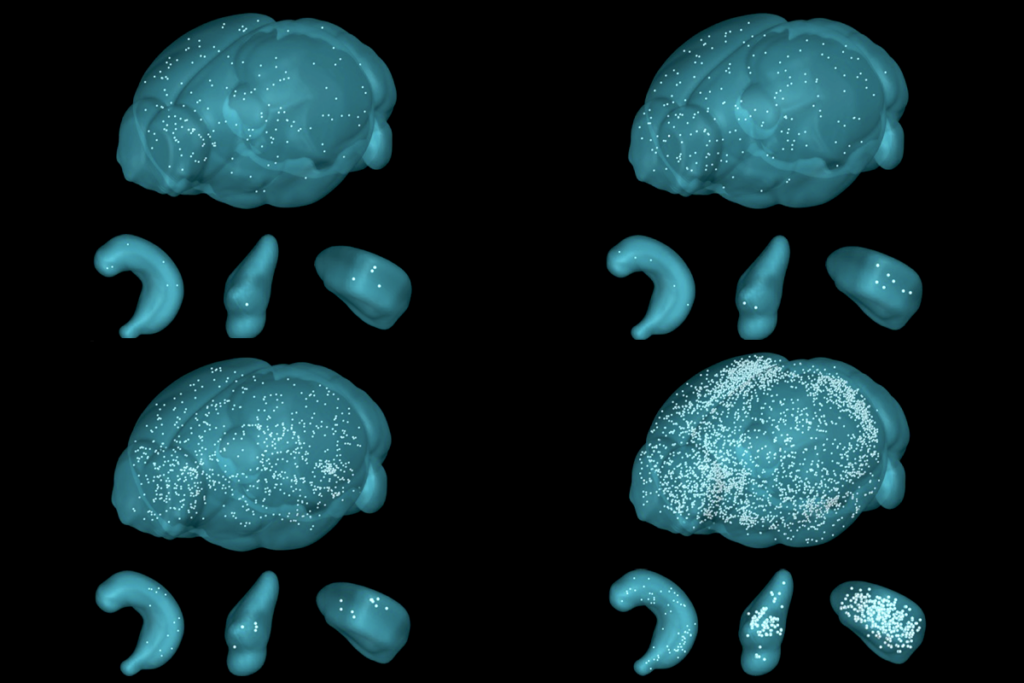Cognition and behavior: Children with autism heed irrelevant images
Children with autism are less interested in watching an activity, such as a parent and child putting together a puzzle, compared with typically developing controls, according to a study published in November in Brain Research.
Children with autism are less interested in watching an activity, such as a parent and child putting together a puzzle, compared with typically developing controls, according to a study published in November in Brain Research.
Paying attention to the actions of others is one way that children learn socially relevant information. Children with autism are less tuned in to social cues, and may also pay less attention to the activities themselves. They often misuse objects, shaking toy cars, for example, suggesting that they do not grasp their proper use.
Researchers used eye-tracking technology to monitor how 28 children with autism, 34 typically developing controls and 16 children with general developmental disability extract information from a social scene.
The researchers showed the participants 30-second videos of adults playing with children and compared how long each of them watched the activity itself, the background and the people.
Children with autism looked at the background almost as much as at the game itself, whereas the other two groups spent the most time looking at the activity, the researchers found.
Although the children with autism looked at the people in the scene as much as the control groups, they preferred their bodies rather than their heads. This finding is in line with eye-tracking studies showing that people with autism avoid eye contact.
The amount of time that the children with autism watched people’s bodies instead of their heads also correlates to the severity of their autism, based on the Autism Diagnostic Observation Schedule, the researchers found. This finding strengthens the idea that clinicians could use eye tracking to diagnose the disorder.
Recommended reading
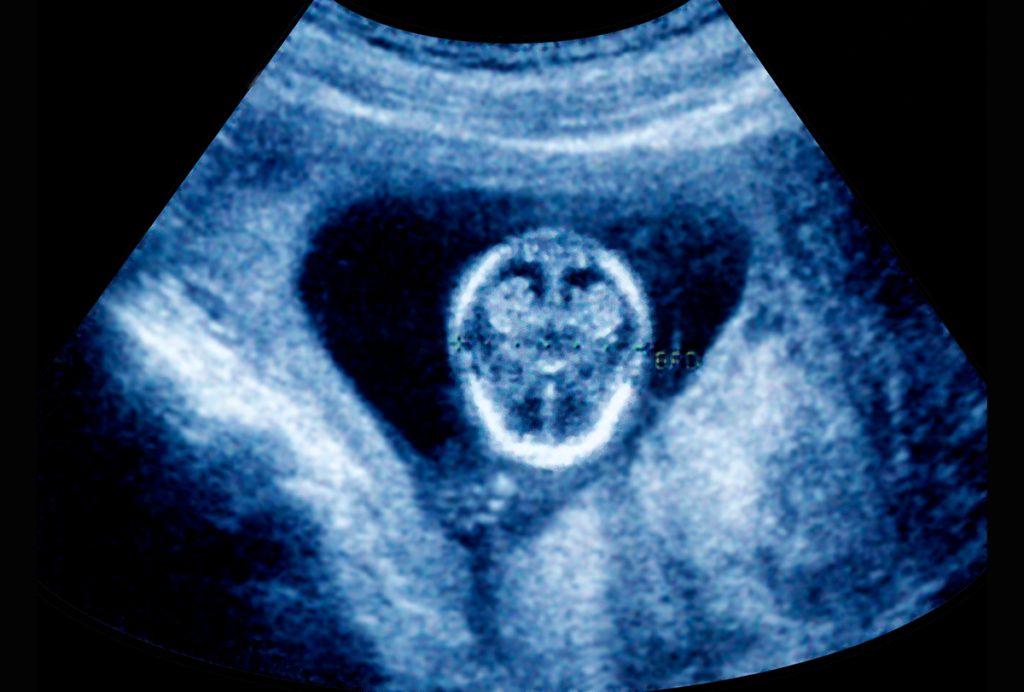
Gene-activity map of developing brain reveals new clues about autism’s sex bias
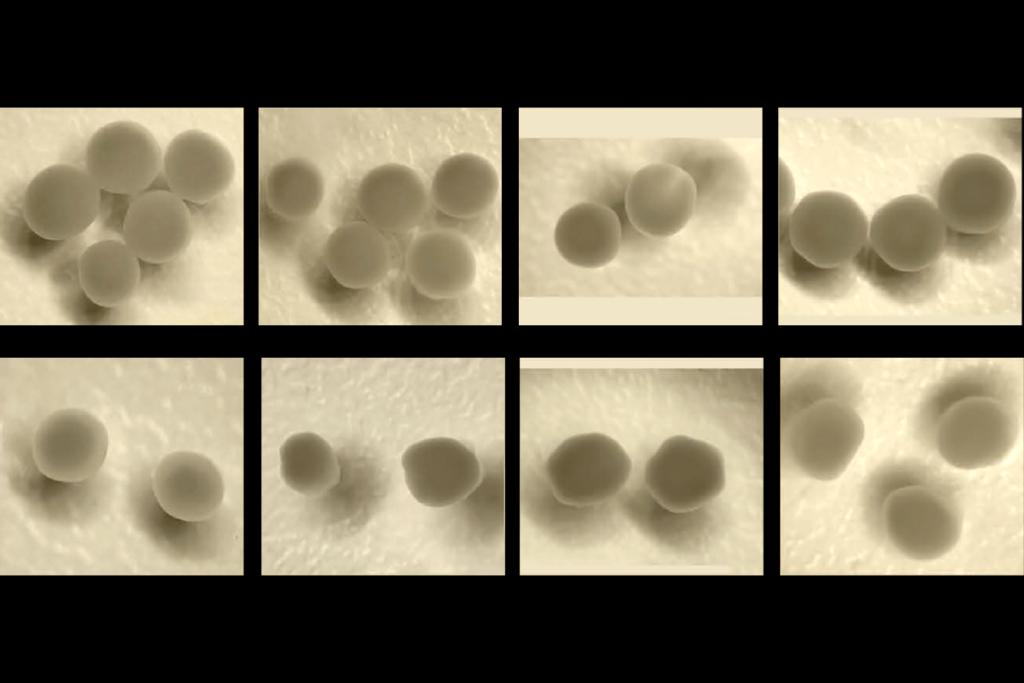
Parsing phenotypes in people with shared autism-linked variants; and more
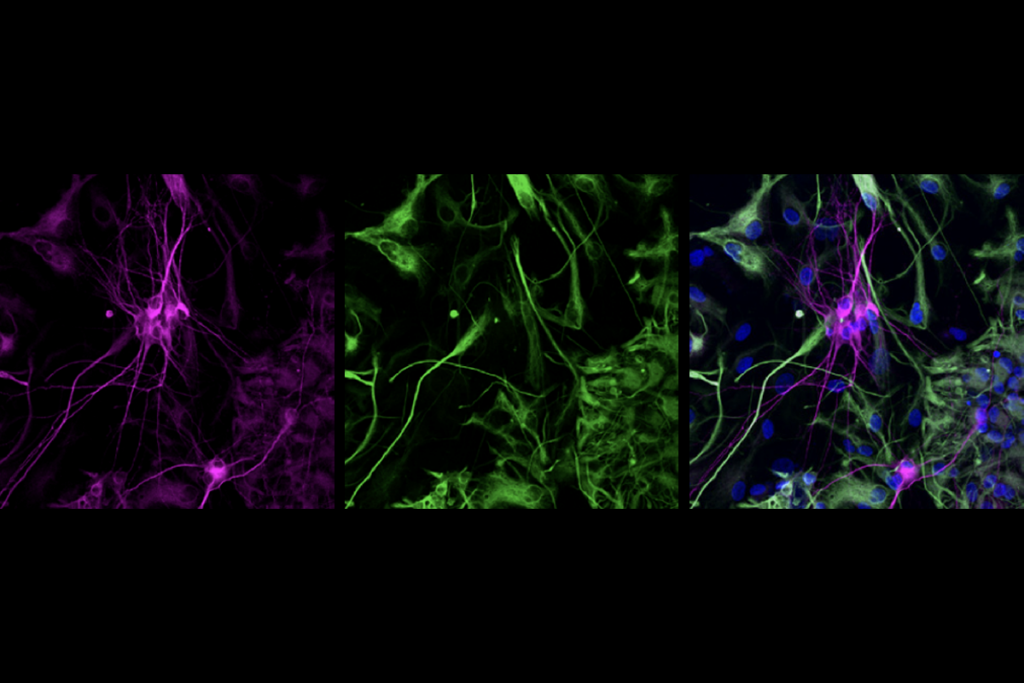
Boosting SCN2A expression reduces seizures in mice
Explore more from The Transmitter

Fly database secures funding for another year, but future remains in flux
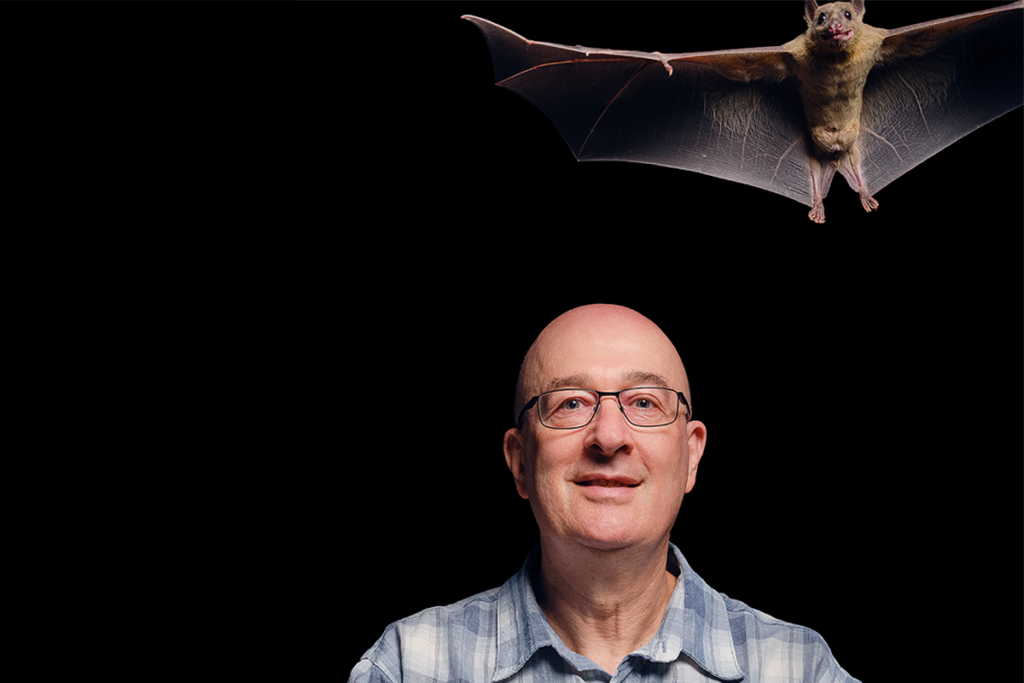
Diving in with Nachum Ulanovsky
